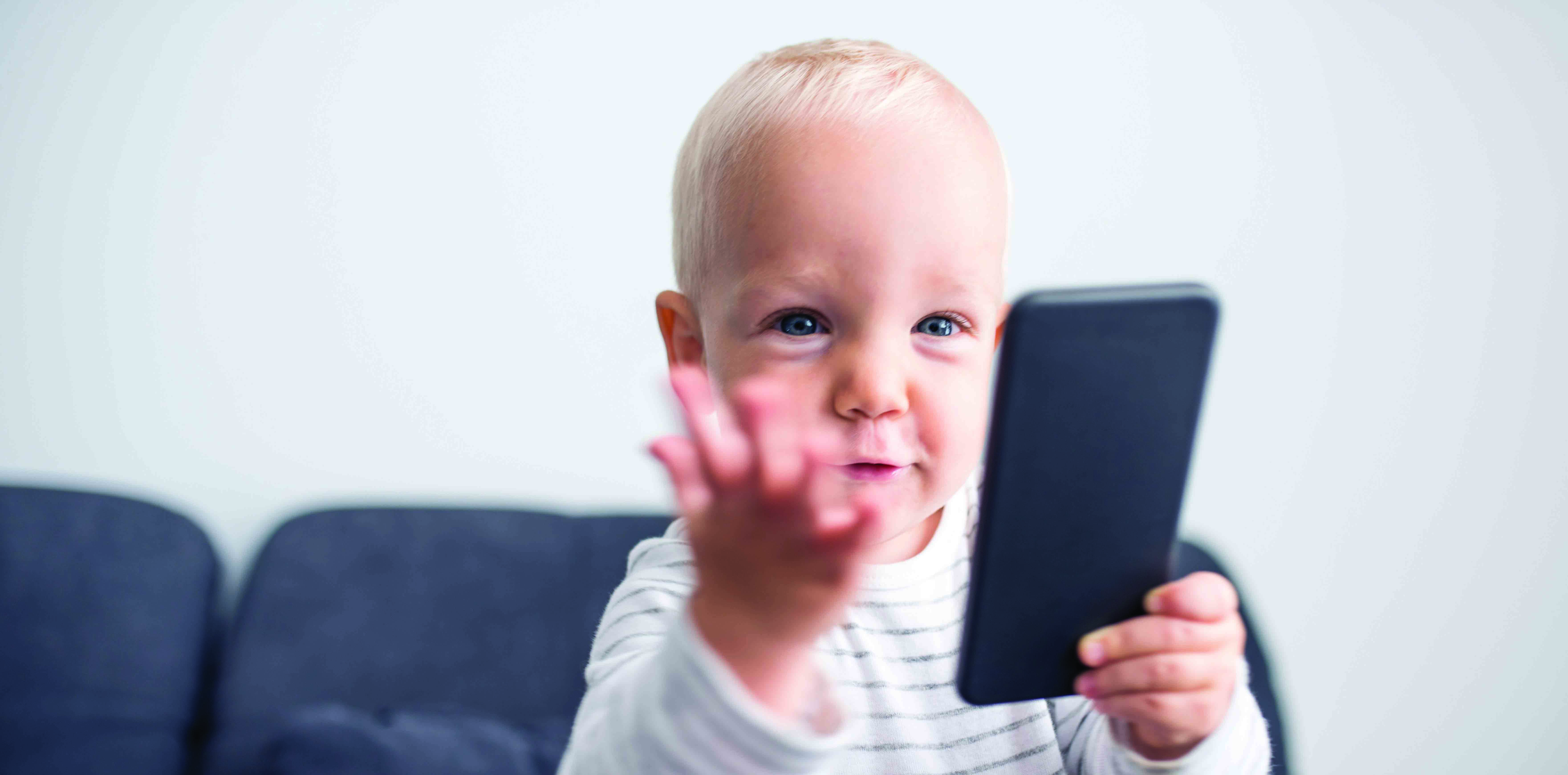A smartphone app that analyses the sound of coughs is proving to be a successful diagnostic tool in the assessment of paediatric respiratory conditions
A smartphone app that analyses the sound of coughs is proving to be a successful diagnostic tool in the assessment of paediatric respiratory conditions, researchers say.
A multicentre Australian study, recently published in Respiratory Research, found the app had high accuracy (between 81% and 97%) in diagnosing asthma, croup, pneumonia, lower respiratory tract disease and bronchiolitis in children.
The researchers, from Curtin University, compared the accuracy of an AI diagnosis and a traditional clinical diagnosis in more than 580 children aged between 29 days and 12 years.
For the AI diagnosis, an iPhone was held 25cm to 50cm away from the mouth with the microphone angled at 45 degrees to avoid any air hitting the microphone and obstructing the recording.
The children also received a blinded clinical diagnosis from a panel of paediatricians who had accessed the children’s complete clinical history and results from any tests or scans.
“The study results show that the performance of the automated algorithm was not inferior to pre-specified endpoints for diagnosing asthma, croup, pneumonia and lower respiratory tract disease from a group of mixed paediatric respiratory disorders,” the study authors said.
Dr Paul Porter, a co-author from the department of paediatrics in the school of nursing, midwifery and paramedicine at Curtin University, said even experienced doctors struggled to differentiate between respiratory disorders in children.
“This study demonstrates how new technology, mathematical concepts, machine learning and clinical medicine can be successfully combined to produce completely new diagnostic tests utilising the expertise of several disciplines,” he said.
The algorithm used in the app analysed the sound of the cough in combination with a five-symptom input obtained from parent or guardian history, without the need for clinical examination or further investigations.
“The symptoms entered into the algorithm were simple questions that we anticipate most parents can answer irrespective of cultural or educational background,” the study authors said.
In addition, the authors said the technology developed for this study addressed a major limiting feature of existing telehealth consultations and could allow targeted treatments to begin sooner, without a face-to-face consultation.
“As the tool does not rely on clinical investigations, it can be used by healthcare providers of all levels of training and expertise,” Dr Porter said.
“However, we would advise that, where possible, the tool should be used in conjunction with a clinician to maximise the clinical accuracy.”
Respiratory Research, 6 June


